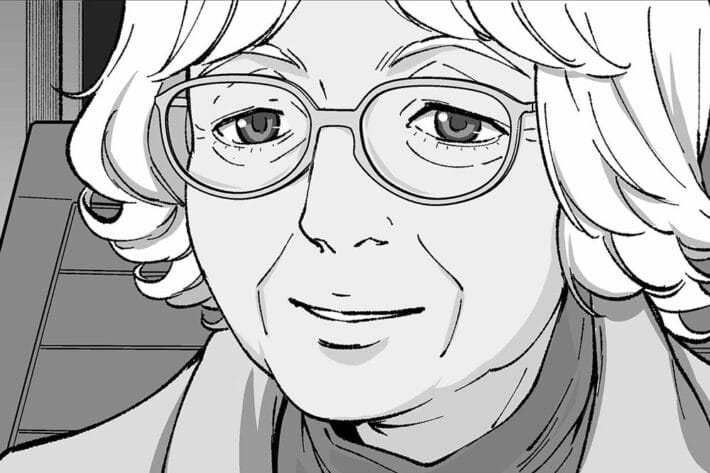While most architects and architecture critics tend to see buildings as snapshots of an era, architect James Leng has set out to understand his work as part of a longer time frame.
In his current research project, he is examining buildings that have outlived their original purpose. “Architectural afterlife,” he calls it. “I was wondering what happens when architecture and infrastructure are deemed obsolete, but before they find a new, second life — that sort of transitional period.”
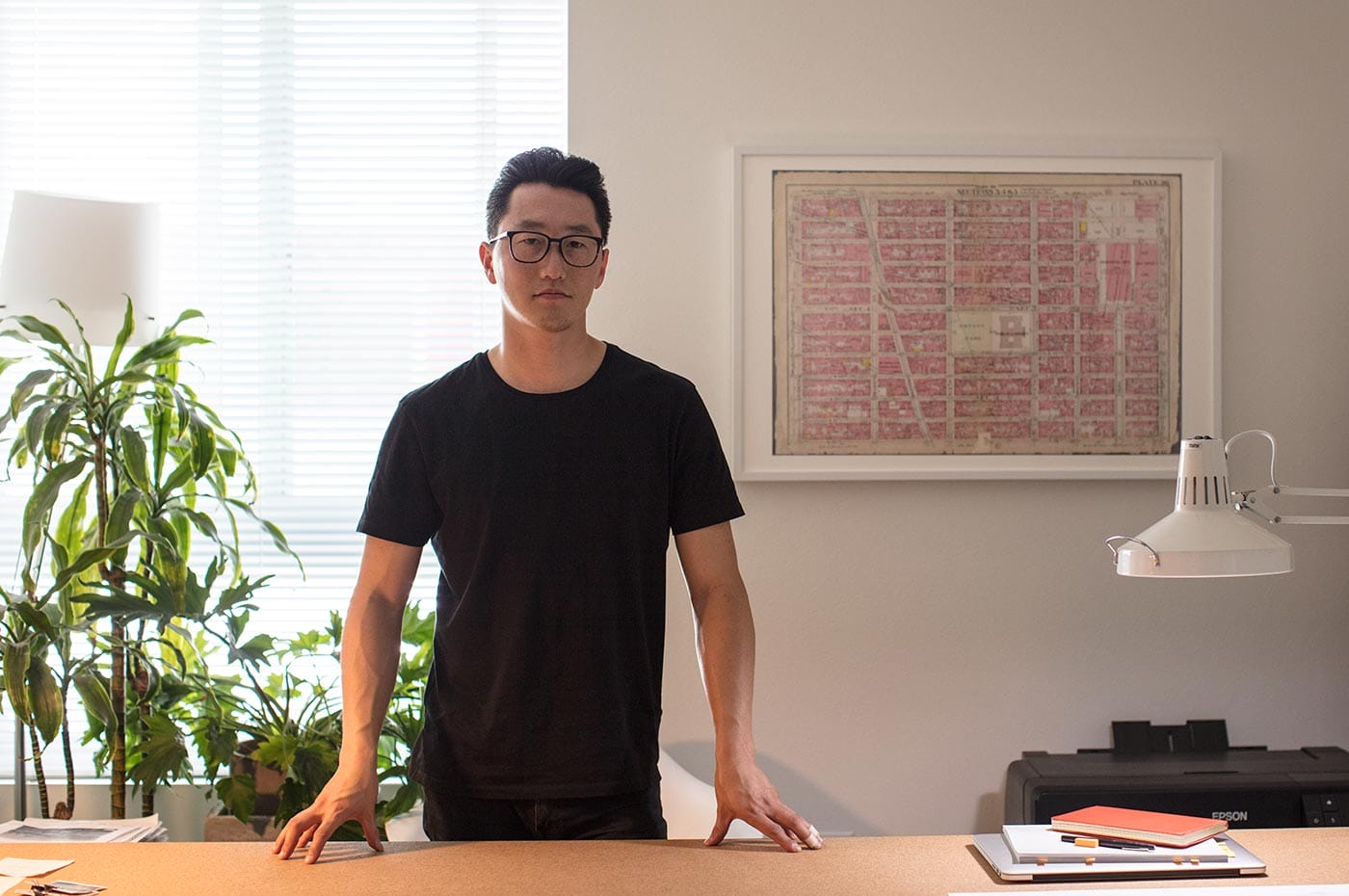
That interest in transitions is attributable to his lived experience. Born in China, Leng was 2 when his parents immigrated to the U.S., leaving him in the care of his grandmother. Barred from leaving China — as a government tactic to force his parents’ return — he finally joined them at 9 years old. When he arrived in San Francisco, Leng recalls getting carsick; in China, cars were rare and he was unaccustomed to riding in them.
Later, Leng found architecture: as an undergraduate at University of California, Berkeley; at a series of architectural firms in the Netherlands; and at Harvard, where he got his master’s.

His “Architectural Afterlives” project has taken him around the world: to Ukraine, to the aftereffects of the Chernobyl disaster; to India, to a series of stepwells; and to China, where he spent time in the ghost city of Ordos. These varied landscapes exist in a kind of in-between, neither actively used as originally intended nor definitively defunct. Architectural Afterlives, the book he is working on, will compile the essays and photography he produced as a result of his fellowship.
Leng now finds himself in another in-between phase: He recently left Michael Maltzan Architecture and is establishing his own architecture practice. “It really is a leap into the great unknown,” he says, “but I needed to continue to develop my own voice.”
Awards and Accomplishments
- Harry der Boghosian Fellow, Syracuse University School of Architecture (2018–2019)
- SOM Prize in Architecture, Design and Urban Design (2013)
Follow James Leng
Jury Members
2018 Vilcek Prize for Creative Promise in Architecture
Fred Bernstein
Jennifer Dunlop Fletcher
Rosalie Genevro
Cathy Lang Ho
Adam Yarinsky
Related Prize Recipients
Teddy Cruz
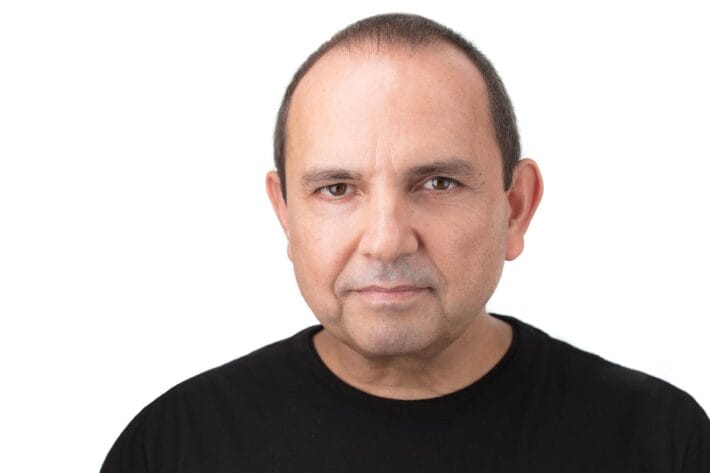
Mona Ghandi
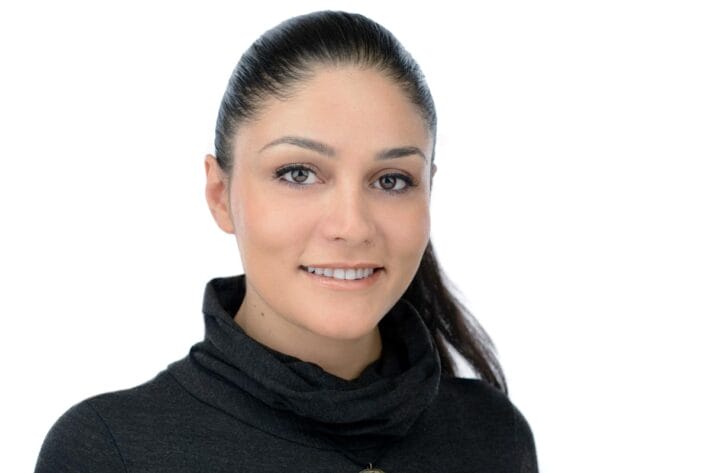
Jing Liu
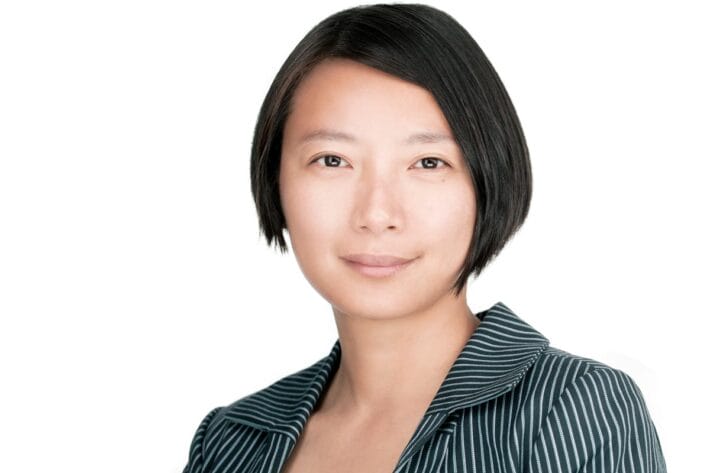
You may also be interested in
Architect James Leng designs birdhouse for Vilcek Foundation Rooftop
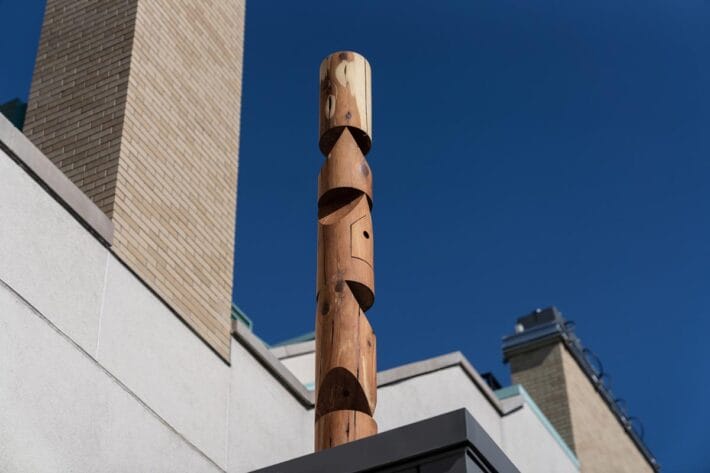
Vilcek Foundation receives 2021 AIA Interior Architecture Award
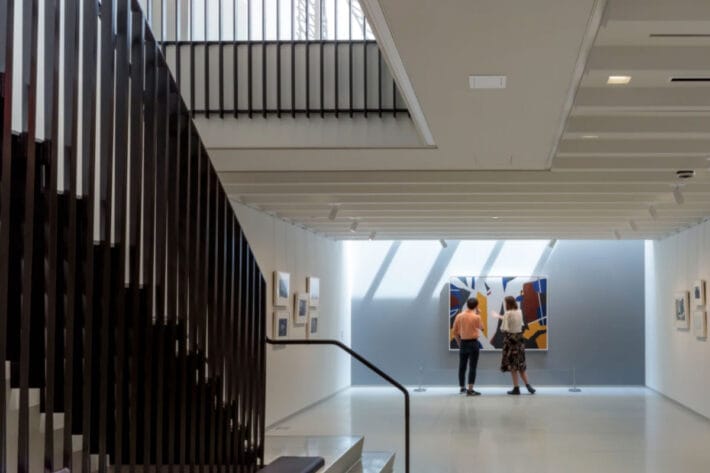
Postmodern pioneer: Manga biography celebrates Denise Scott Brown
